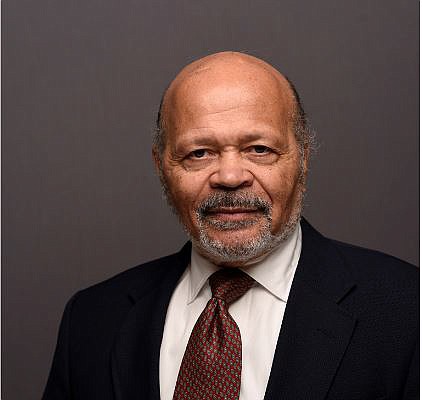When Statues Die
Style Magazine Newswire | 8/16/2022, 3:45 p.m.
In recent years, people have begun to spend more time contemplate the meaning and significance of statuary. Statues of perpetrators of Europe’s colonial expansion and racist legacies began to tumble in the United States and England as descendants of colonized and enslaved people of color brought attention to the human misery afflicted by those who likenesses dotted urban parks and courthouse lawns.
As statues of widely recognized racists such as Christopher Columbus were brought down from their pedestals, so too was the artwork venerating lesser-known racists such as the surgeon J. Marion Sims, known as the “father of modern gynecology.” He advanced his medical knowledge by performing surgery on enslaved women without the benefit of anesthesia. In 2018, his statue was removed from New York’s Central Park.
A great deal of attention also has been given to the statues of traitors who fought for the Confederacy. Their statues were erected to proclaim and maintain white supremacy throughout the southern United States. According to the Southern Poverty Law Center, at least 114 Confederate monuments were removed from public spaces between 2019 and 2021.
But as we witness the removal of statues meant to glorify white supremacy and western culture, we need to go beyond removing toxic reminders of past evils. We need to understand that statuary is a tool, and as any tool, it can be used for good as well as evil.
Since humans first shaped images out of mud, clay or wood, their work has been a form of communication. Even to this day, every artist who creates a statue is trying to communicate something. Perhaps they are trying to communicate with a deity to appease a force greater than themselves. Or they are trying to communicate with other people, as was the case with the white supremacists who wanted Black people to know who had the power to control their lives. Or they are engaging in an exercise of self-expression, releasing an energy and an emotion from within themselves that they need to send out into the universe. But for whatever reason a statue is created, none is created within a sociocultural void.
Many museums, government buildings and other public and private places are filled with statuary. And in order to appreciate these works of art and understand what they are and what they are trying to say, we need to understand who made them, what the artist was trying to say and why.
An inquiry into the existential nature of any piece of sculpture and how it is situated in its culture may help us not only to understand that work of art and the culture that created it but also give us a deeper understanding of ourselves as well.
It took this nation more than 100 years to realize that Confederate statuary was a form of racist political communication that was so successful over time, it came to be viewed as a type of religious communication honoring nobility and sacrifice. But with a re-examination of the history of these markers of stone and bronze, Confederate statuary is widely denounced now as having been created as a form of hate speech, an understanding which led to their being removed from public view.
With the removal of these statues, their messages die with them.
But there is another way in which statues die. They die when they remain in view but are stripped of their meaning and context and the viewer has no inkling of what the artist was trying to communicate, or to whom.
Currently, an exhibit in Philadelphia at the Barnes Foundation explores, in part, African art in a sociocultural void seized by white collectors and Western museums. The exhibit, a five-screen black-and-white film installation titled, “Once Again … (Statues Never Die),” was curated by Isaac Julien, a brother who has been made a Commander of the Order of the British Empire for his artistic achievements.
The Barnes Foundation bears the name of Dr. Albert C. Barnes, its founder and art collector who began amassing African art in 1922, a time when there was very little Western interest in it. The protagonist of the film, however, is Alain Locke, who many claim to be the intellectual father of the Harlem Renaissance. The film focuses on the tension between Barnes and Locke. As the New York Times put it, “their exchanges encapsulated the sensitivities and inequities that surround the adoption of Black African art by the prevailing white culture, and the struggle by Black Americans to claim and use that heritage as their own.”
The tension portrayed between Barnes and Locke is not a new dynamic, as the film’s title hints. A short 1953 French film titled, “Statues Never Die,” focused on stolen African art brought to Western museums. It showed how this art was detached from its meaning within the culture in which it was created. This film put colonialism in such a bad light, a portion of it was banned in France until the 1960s.
Purposely, “Statues Never Die” omitted geographic, period and ethnic context of the art’s origin or meaning. In this way, the creators conveyed the idea of dead statues, ones that have lost their original significance and are no more than objects without meaning, much like unidentified corpses. “Statues Never Die” exposed how the cultures that created this art, and the celebration of the human experience by the African artists, was never examined by most Western collectors and museums.
We should learn from these two films and strive to understand the context within which statuary is created so we will be able to distinguish between images that are meant to celebrate the human spirit and those meant to demean and oppress.
Oscar H. Blayton is a former Marine Corps combat pilot and human rights activist who practices law in Virginia. His earlier commentaries may be found at https://oblayton1.medium.com/




